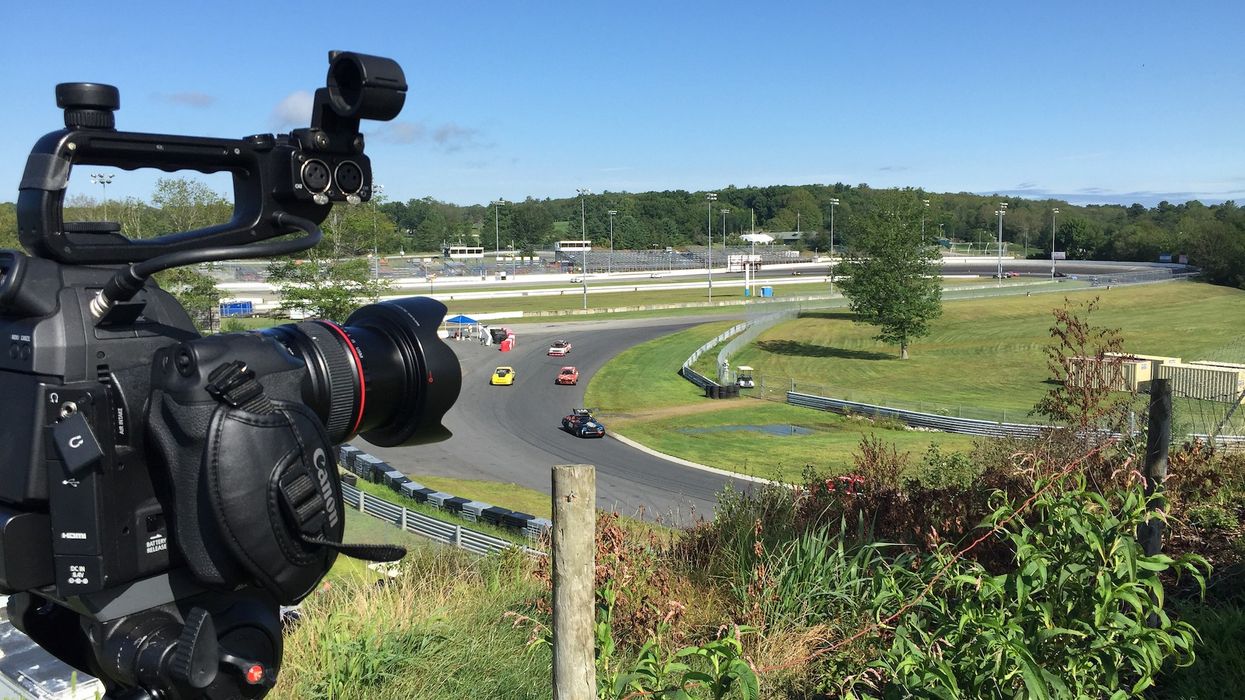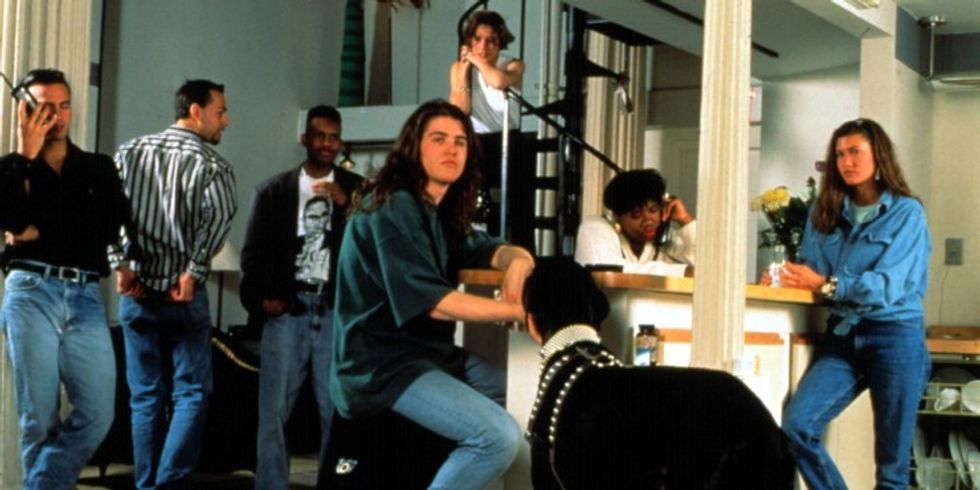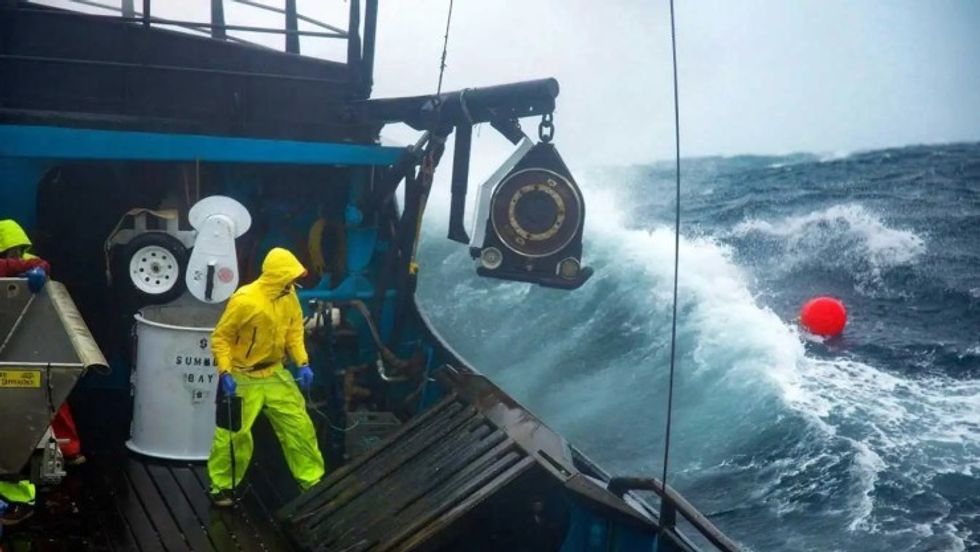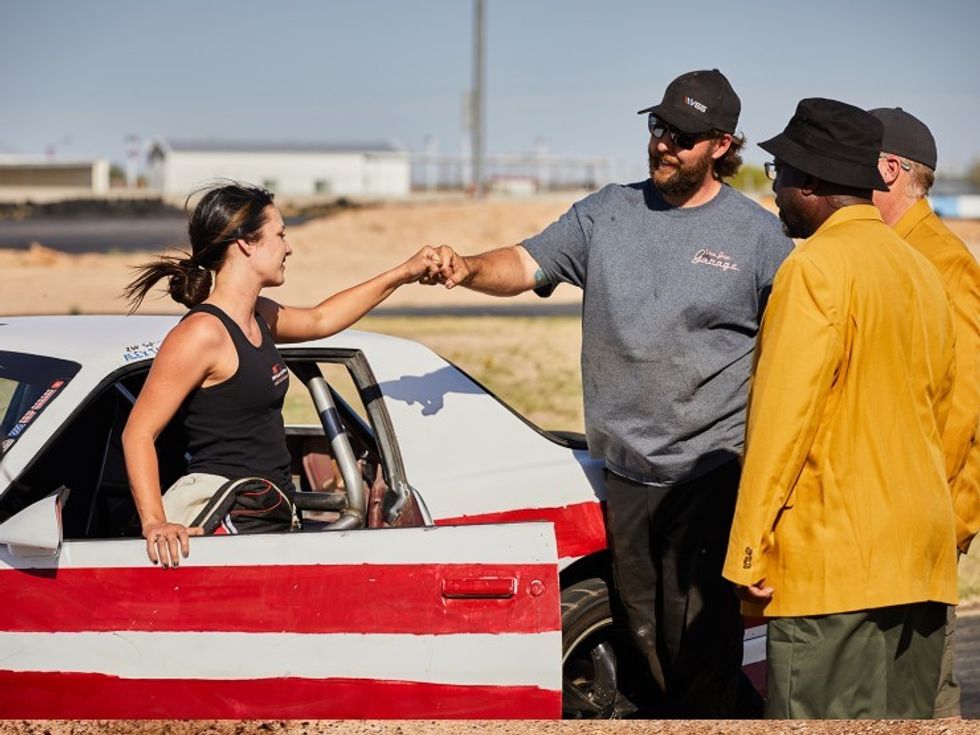Shooting Coverage Is For Cowards
You’re never going to get everything for your independent documentary. So stop trying.

This post was written by Jeremy Berger.
Modern sensibilities will tell you to cover every angle of your subject in case "anything" happens. Ignoring this will not only save you time and money… it’ll also help you make a better documentarian.
You’re shooting a documentary. You have a major event coming up for a subject who has granted you access to their life/struggles/passions. You have an old camera, an older microphone, and $8. How are you going to cover this event?
You don’t. It’s not why you’re there, believe it or not.
Let’s back up.
We Don’t Want To Miss Anything
As it relates to documentary filmmaking, no modern discussion of coverage can be complete without mentioning the most reviled of television formats: The Reality Show.
The best start would be with MTV’s 1992 The Real World.

The Real World was revolutionary for its time, both for its unflinching look at the subjects, as well as for its production techniques. Several complete strangers were given rooms in a camera-equipped apartment in New York, and rolling happened non-stop.
This tendency only increased with the prevalence of digital video. Over time, cameras became smaller and less expensive. The earlier seasons of The Deadliest Catch are great examples of what the new technology could capture. Crab fishing ships in the Bering Sea were equipped with dozens of cameras, almost all of which were ruined by the salt water, wind, and pitiless cold.
Shooting ratios, already higher for documentary-based programs than narrative, skyrocketed. With the ease and relative cost-effectiveness of the production, the amount of them blossomed. And the quote that accompanied this technological gluttony?
“We don’t want to miss anything.”
This maxim is a lie told through a truth. If asked, no filmmaker wants to miss anything. Here lies the rub. Technology, removing the need for human decision-making, has now introduced an industry-wide general fear."Do I have enough angles? What if I cut and something happens? Maybe if I take a few minutes and mount a camera in the corner? What if I mounted ten? Then I surely won’t miss anything…”

…Yet Things Will Be Missed
And they should be. No one should be recorded 24 hours a day. Josh Harris, founder of Pseudo.com back in the ’90s, tried it as an art project entitled We Live In Public. It existed in two forms, and neither ended... kind of. Filmmaker Ondi Timoner made a fantastic documentary about it, which was perhaps more prescient considering our world today.
My documentary, Hoopties, is about three teams of amateur racers in the 24 Hours of Lemons endurance racing series. Real race tracks, real rules, under $500 cars. I was the director and DP, who along with producer Renee Berger documented the events and stories of each subject, while racing a crappy car on a one-and-a-half to two-and-a-half mile racetrack. That puts us severely behind the scores of manned, drone, slow motion, and robot cameras that cover any NASCAR event.
How did we do it?
What’s the Subject of Your Documentary, Really?
People are at the center of how we tell stories, so the absolute top priority is capturing their experiences. We always pitched that we were doing a documentary about the race, given its quirky nature and ability to garner interest. But in reality, what we were documenting were the racers. The people who threw everything they had before, during, and after the race.
This was, in a way, freeing. We’d be there before they got into the cars, and then they’d go out on the track. We’d check in with the teams, see if there was anything there we’d need, but then otherwise hoof it out to the track to get a little b-roll and coverage of the team’s car. Keep checking in with the teams, and being there for the pitstop.
Did we miss something? Of course we did, but the important thing was finding a way to address it, even if expositional, and absolutely speaking with the racers about how it affected them.
How events affect your subjects’ goals is how your plot moves forward. How said events impact them emotionally moves the story.
Got that? You’re in great shape. Let’s talk about getting the footage you need to shape that moment in the edit.

Everyone’s a DP
Most people are walking around with cameras having greater resolution and clarity than the vast majority of cinema's technological history. And they make phone calls, too.
Did they record the suspicious encounter? The plane crash? The street fight the night previous? Enough looking-around might yield you some surprising results. Then you’re a file transfer and material-rights waiver away from the coverage you need.
(Caution is advised for any footage regarding people. Simply because you might live in a state with a single-party consent law, doesn’t mean the recording was. As in all things, consult local best practices.)
We were lucky in Hoopties. Most teams have a GoPro in their car to record the race. It was wonderful to have, but only because we got the moments that made the story matter.
Recreation
Recreation’s in its golden age right now. Due in part to the rise of true-crime programming, as well as innovative storytelling. Check out Kirsten Johnson’s Dick Johnson is Dead or Kitty Green’s Casting JonBenet, both on Netflix.
Animation
Animation, or the use of graphic elements, has always been an element to use creatively for coverage in documentaries. Using stop animation, the Brothers Quay famously documented the art style of anamorphosis in De Artificiali Perspectiva, or Anamorphosis.
Nanette Burstein’s and Brett Morgen’s The Kid Stays in the Pictureis another great example. The footage that was animated can best be described as…
Archival
Archival is a powerful tool in the hands of a deft filmmaker.
Keep in mind, this doesn’t necessarily mean pre-licensed footage from any number of stock libraries. Archival can also be footage or images in the public domain or ones possessed by your subjects. Some documentaries are nothing but, such as personal favorites Atomic Cafe and Nathan Truesdale’s Cleveland Balloonfest ‘86.
Be Bold. Ignore the Fear
Even when you have a budget, there will be pitfalls and blind spots in your production.
Life was not meant to be captured on film, and it is arguable if today’s technology and celebrity-obsessed culture have made it easier or not. But by focusing on the struggles, fears, victories, and defeats of your characters, you give your film a firm footing for inventive footage creation and procurement.
Careful, though. You might end up having fun with it.
This post was written by Jeremy Berger.













